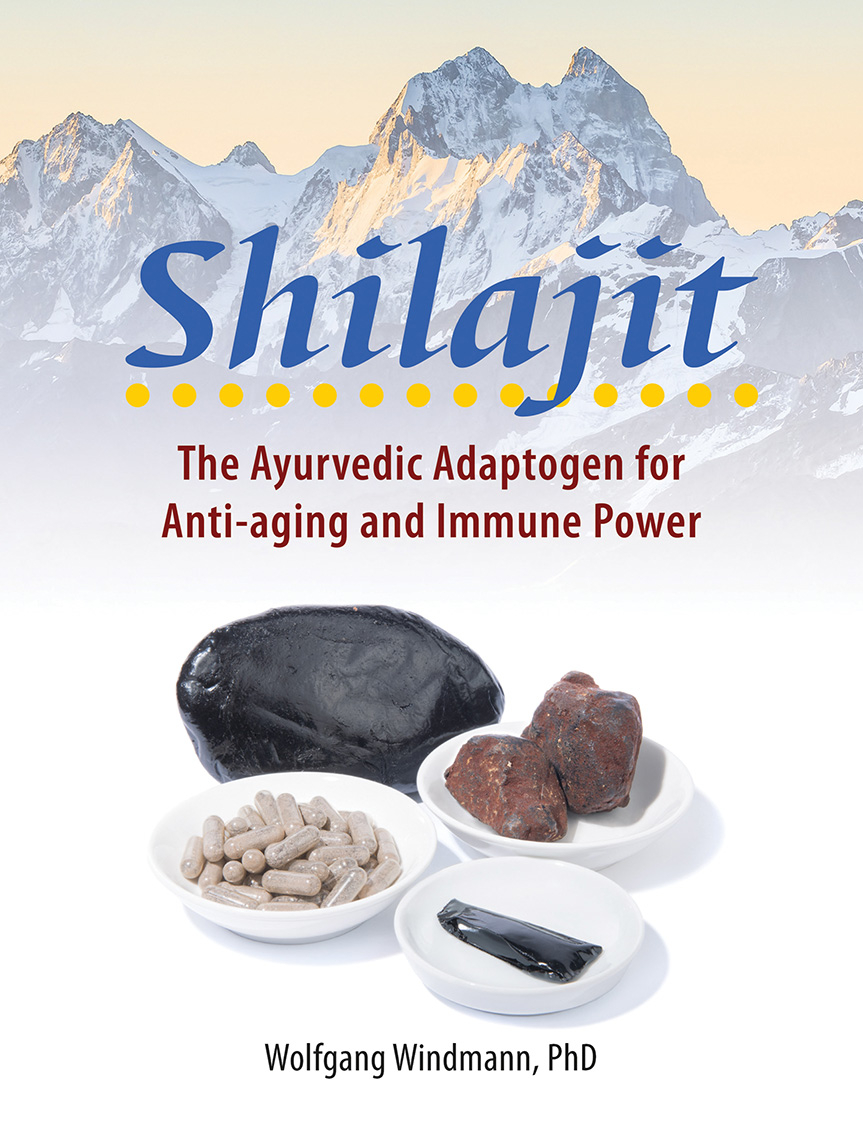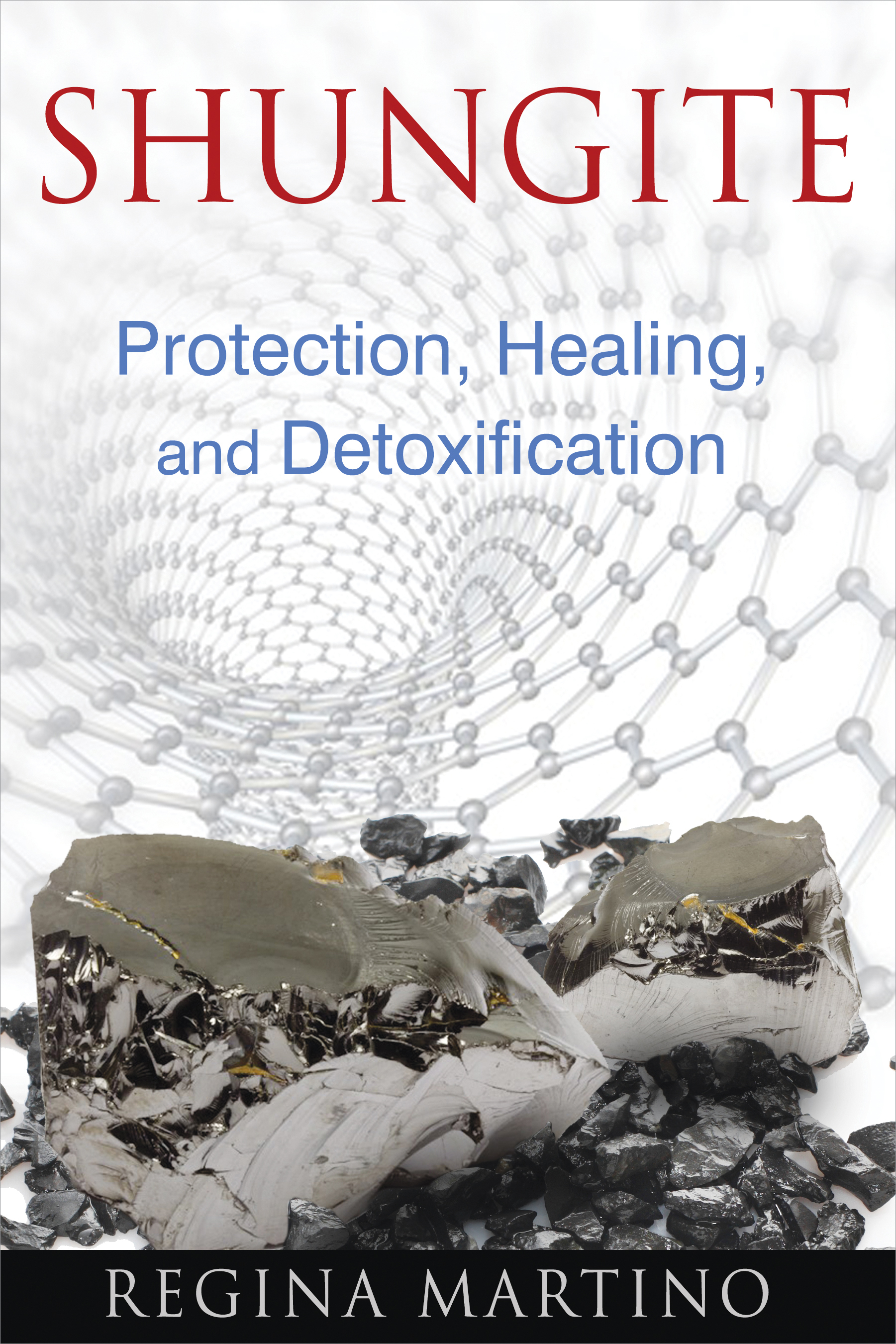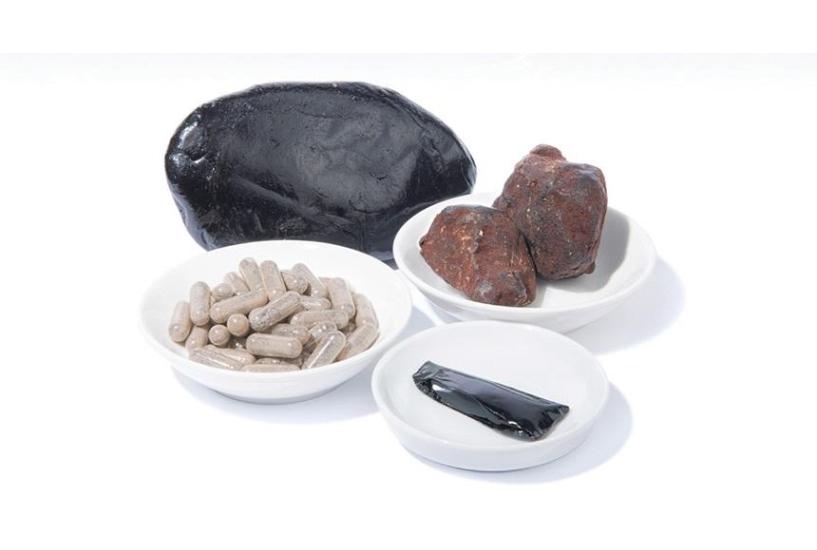Healing with Shilajit
by Wolfgang Windmann, Ph.D., author of Shilajit: The Ayurvedic Adaptogen for Anti-aging and Immune Power
Also known as Mumijo, Shilajit must be one of the most interesting natural remedies to come from Central Asia. It is certainly by far one of the least well known. That it has attracted so little attention does not reflect the enormous therapeutic potential of this pure, natural substance. Its profile has grown in the last few years, even in its homelands, as is evident in the increasing number of scientific studies being published. India, Pakistan, and Iran have all seen an increase in scientific efforts to explore the secrets of the effects of Shilajit. Attempts have been made through cutting-edge scientific methodology to pinpoint the healing powers attributed to it, but this natural substance is slow to surrender its secrets.
In my book, Shilajit, I explore the history, origins, scientific studies, and the many healing applications of this mysterious substance. Shilajit has had a somewhat mythical reputation for many years; it was difficult to obtain and problematic to deal with, given its somewhat idiosyncratic properties. The lack of standards in terms of identity, purity, and content (which persist to this day), coupled with the commercial interests of previous generations and political systems, resulted in many fakes and less effective, poor-quality products appearing on the market, which ultimately undermined buyers’ faith in its healing power over the long term.
I first learned about Shilajit in Western Europe in the 1990s as it made its way here via two routes: the great wave of immigration from the states of the former Soviet Union at the start of that decade, followed by the popularization of Ayurvedic alternative therapy treatments at the end of the 1990s.
The name Shilajit comes from the Sanskrit and means “rock-overpowering.” Translated literally, Mumijo means “protecting the body from diseases,” and in Old Persian mum meant wax. The linguistic similarity of Mumijo to the word “mummy” has led to much confusion in the West in particular. It has nothing to do with the infamous mumia vera aegyptiaca, a powder made from the ground, desiccated body parts of Egyptian mummies preserved with resin, asphalt, and extracts of cedar wood, used in traditional medicine to stop bleeding.
Mumijo/Shilajit goes by different names in different linguistic regions, but most are descriptive, pointing to its outward appearance. It is described literally as a kind of “sweat of the mountains.” In India it is known as Shilajit or silajatu, and in Ayurvedic medicine it has acquired the status of a Rasayana, an “elixir of life.” According to Ayurvedic teaching, it energizes the vital juices, maintains youth, and revitalizes, featuring as an ingredient in remedies for boosting vitality and physical condition by helping to maintain the delicate balance between the body’s various systems. In Myanmar it is known as kao-tun, the equivalent of “blood of the mountain,” and in the Altai Mountains of southern Siberia as barachgschin, or “oil of the mountains,” Tibet, Mongolia, and the Transbaikal region call it brogschaun, or “mountain juice,” while Iran and Iraq have various names, including arakul dshibal, which translates as “mountain sweat.” It is called Mumijo in Kazakhstan, Uzbekistan, Kyrgyzstan, and most of the Commonwealth of Independence States (CIS). In addition to Mumijo and Shilajit, the terms mineral pitch, bitumen, and asphalt are also widely used, with bitumen and asphalt having a secondary meaning as the petroleum products of the same name. In China and Tibet it is known as zha-xun.
In the countries of Central Asia, ancient lore tells of Shilajit’s effective, if sometimes apparently mystical, healing power. Study of the scientific literature and ancient sources reveals that it was frequently combined with honey as a treatment, for both practical and therapeutic reasons. Honey is an effective way of masking its somewhat penetrating and aromatic flavor, and the therapeutic effects of honey itself are already well documented. This, of course, presumes that the finest quality honey is used, one that has not been heat-treated and is as natural as possible. The results for its use in combination with manuka honey, which is well known for its therapeutic properties, are particularly promising (I look at these results in great detail within the book).
Over the course of time Shilajit found its way along the ancient trading routes of the Silk Road to the Near East and Greece, where the renowned ancient Greek philosopher and healer Aristotle examined its effects on patients in detail and recorded its various applications. Aristotle’s pupil Alexander the Great, the ancient Greek king who went on to create a vast empire through military might, supported his teacher’s work and together they worked on how to test if Shilajit was genuine.
Writing in the 12th and 13th centuries, the renowned Persian physician and philosopher Avicenna describes Shilajit as a “perfect and complex remedy.” He mixed it with various vegetable oils and used it for topical application to bruises and ulcers, and to treat inflammation of the ear canal. Avicenna describes Shiljait as a remedy that “heals the stomach, awakens the emotions, and eases breathing.”
A second distinguished Persian doctor working in the 18th century, Mohammed Hussein Shirazi, examined the effects of Shilajit in his treasury of medicine Makhzan-al-Adwiyah (“drug treasures”), describing how Shilajit “has a positive effect on the nervous system, improves the function of the cardiac and circulatory system, and is particularly effective in treating the digestive tract; it is also excellent for hemorrhoids.” He also recorded its successful treatment of many gynecological conditions. According to his reports, it eased digestion and helped to combat physical trauma, in particular bone fractures, and he recommended dissolving it in honey, milk, or peach kernel oil before use and dripping the oil solution into suppurating ear infections to restore hearing.
The 12th-century physician Muhammed Tabib describes Shilajit as an effective medicine in his work Lassatul Nisso. He discovered that it boosted human sexual function and fertility in women when mixed with carrot juice, and even women previously considered unable to conceive could bear children with it, according to Tabib.
Shilajit is described as a remedy in many 17th-century texts originating in England, France, and Germany. In 1776, the English physician Robert James described it as a “black, resin-like substance, with a sour and bitter taste and a particular and pleasant fragrance; to be used as a remedy for general regeneration, against inflammation, and toxicosis.”
With the advent of modern science at the end of the 19th century, the study of indigenous folk remedies became the focus of academic study in the various disciplines. The hunt for the factual, and separating it from the mythical, was on.
In the West, since the 1930s, there has been a host of scientific publications about the healing powers of Shilajit, but its scarcity means that they tend to be more of cultural-historical or academic interest. Similarity to the word “mummy,” as described earlier, and the widespread availability of chemical alternatives also meant that Shilajit (Mumijo) was not used as a curative treatment.
Things were different in the Soviet Union, where it was both available and well known and was accepted as a folk medicine. This broad acceptance meant that the chronically cash-strapped state did not have to spend valuable foreign currency on Western medicines. A large number of scientific studies have been published since the 1960s, and all the publications confirmed the findings of the physicians of centuries past and uncovered sometimes extremely surprising explanations.
I hope that my book will help to bring Shilajit, a substance that has wide applications in healing, to the attention of interested readers, and that the scientific information contained within the book will help justify its medical uses. During the course of working on the English edition, I must confess to being surprised and pleased at the extent to which scientific investigation of Shilajit have progressed since the German edition came out, and at the enormous advances that have been made over the last fifteen years. Yet it is also surprising just how many fundamental questions still await clarification, including the origins and creation of Shilajit itself. It is a classic example of how much knowledge can be gathered about something and yet how much there is still to learn. It is like an enormous puzzle.
I am excited about what the next few years will bring forth, and I will continue to add my observations!
 |
 |
 |
 |
 |



